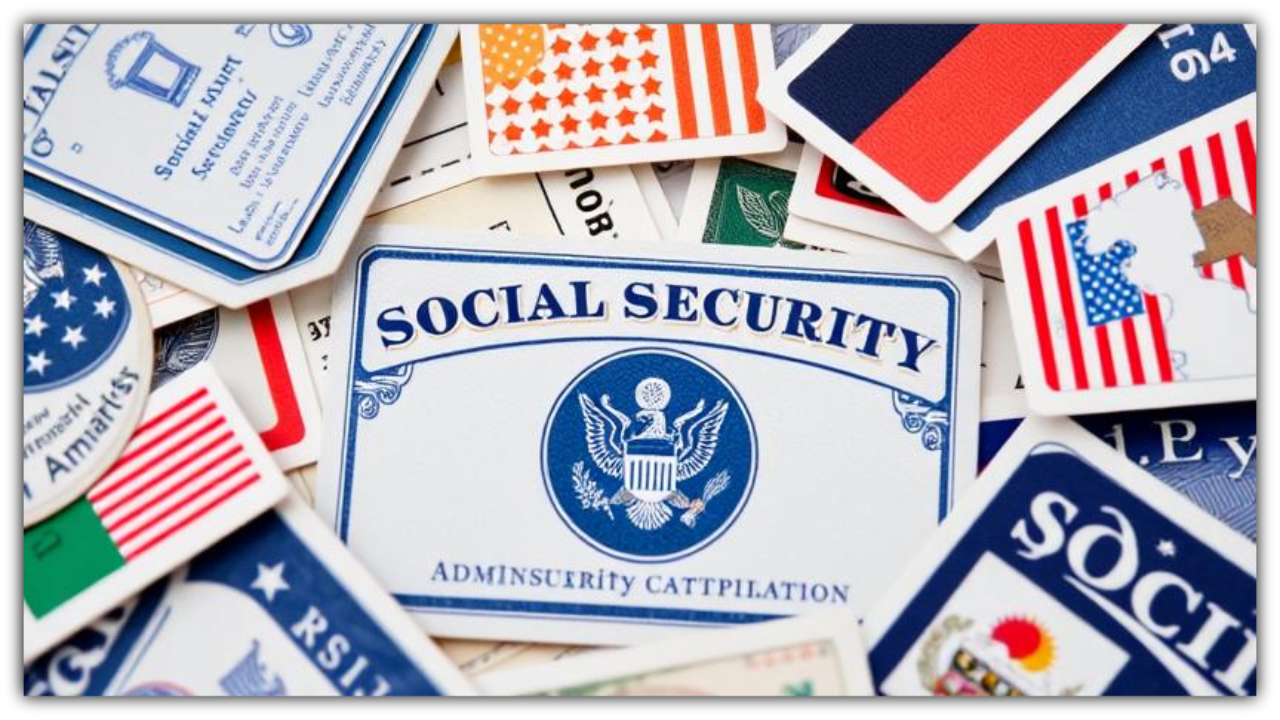Millions of people around the United States are interested in the $2000 stimulus payments scheduled for January 2025. While the announcement may appear to be a financial lifeline for many, there is a lot to understand about eligibility, payment dates, and how you may avoid missing out on this chance.
Whether you’re a taxpayer wondering if you qualify or just curious about the procedure, this article explains everything in a friendly, easy-to-understand manner, with authoritative insights to help you along the way.
$2000 Stimulus Payments Coming in Jan 2025
The $2,000 stimulus payment in January 2025 provides significant financial assistance to qualified Americans. Understanding the rules, keeping your information up to date, and filing your tax return on time can ensure you receive this much-needed assistance. Whether you want to utilize it for home necessities, debt reduction, or savings, these monies have the potential to significantly improve your financial situation.
Stimulus payments are direct financial assistance measures implemented by the government to assist people and families dealing with economic difficulties. The January 2025 stimulus payment is a continuation of this endeavour, which aims to reduce inflationary pressures and promote financial stability.
This new payment varies from past stimulus checks in that it targets a smaller number of eligible recipients while raising the payout amount. The government hopes to increase household incomes and relieve economic stress for millions of Americans by focusing on those in greatest need.
Eligibility
To get the $2000 stimulus grant, you must meet certain income and filing conditions stated by the IRS. Here are the key eligibility requirements:
Income Thresholds
- Single filers: Must have an adjusted gross income (AGI) of $75,000 or less.
- Married filing jointly: AGI of $150,000 or less.
- Head of household: AGI of $112,500 or less.
Additional Criteria
- Must have filed a federal tax return for 2023.
- Individuals claimed as dependents are ineligible.
- Non-resident aliens and those without a valid Social Security number (SSN) are not eligible.
Special Considerations
Some taxpayers who underwent substantial life changes in 2023, such as a new job or a change in home size, should carefully consider their eligibility. Individuals who have recently married or separated, for example, may need to check to see if their filing status is by IRS requirements before receiving payment.
Payment Method
The IRS has simplified the distribution process to ensure that beneficiaries receive their payments as soon as feasible. This is how it works.
- Direct Deposit – Payments will be automatically paid into the bank accounts of taxpayers who indicated direct deposit on their 2023 tax forms. Direct deposit allows for speedier processing and eliminates postal delays.
- Paper checks – Taxpayers lacking direct deposit information will have paper cheques mailed to their registered address. Paper checks may take significantly longer to arrive owing to postal processing times.
- Payment Timeline – Start date: Mid-January 2025. Expected completion date: early February 2025.
- Payment Confirmation – The IRS will send a confirmation letter to your last known address within 15 days after issuing the payment.
How to Claim Your Payment?
For most Americans, the procedure is automatic. However, some people may need to take extra procedures to obtain their reimbursement.
- File your 2023 tax return – If you haven’t already filed your 2023 federal tax return, you must do so by April 15, 2025 to ensure eligibility. Filing on time eliminates delays in obtaining your payout.
- Update your information – To minimize delays, update the IRS with any changes in your address or banking information since your last file. Use the IRS Update Tool, or contact the IRS directly.
- Check Your Eligibility – To confirm your qualification, use the IRS eligibility calculator, which is available on their official website. This tool offers a quick way to see whether you match the requirements.
- Address Common Errors – Ensure that all personal information on your tax return is correct. Errors in Social Security numbers, income data, or banking information may cause payment delays.




